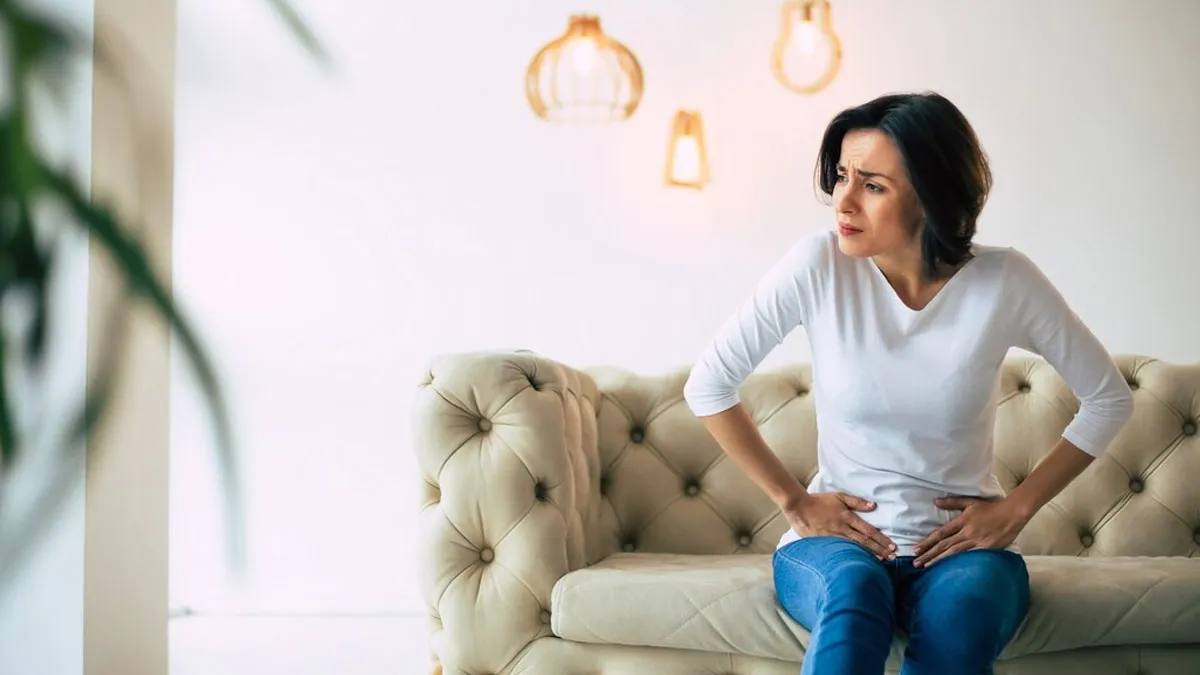
Are you confused by persistent menstrual pain that seems more intense than usual? Menstrual cramps usually show up a day or two before your period and can be managed with simple remedies like a heating pad or painkillers. But if the pain is sharper, lasts longer, or affects your daily life, it may be an indicator of a health condition known as endometriosis. We spoke to our expert Dr Padma Srivastava, Consultant Obstetrician and Gynaecologist, Motherhood Hospitals, Lullanagar, Pune, who explained how to differentiate endometriosis from menstrual cramps.
Table of Content:-
What are Menstrual Cramps?
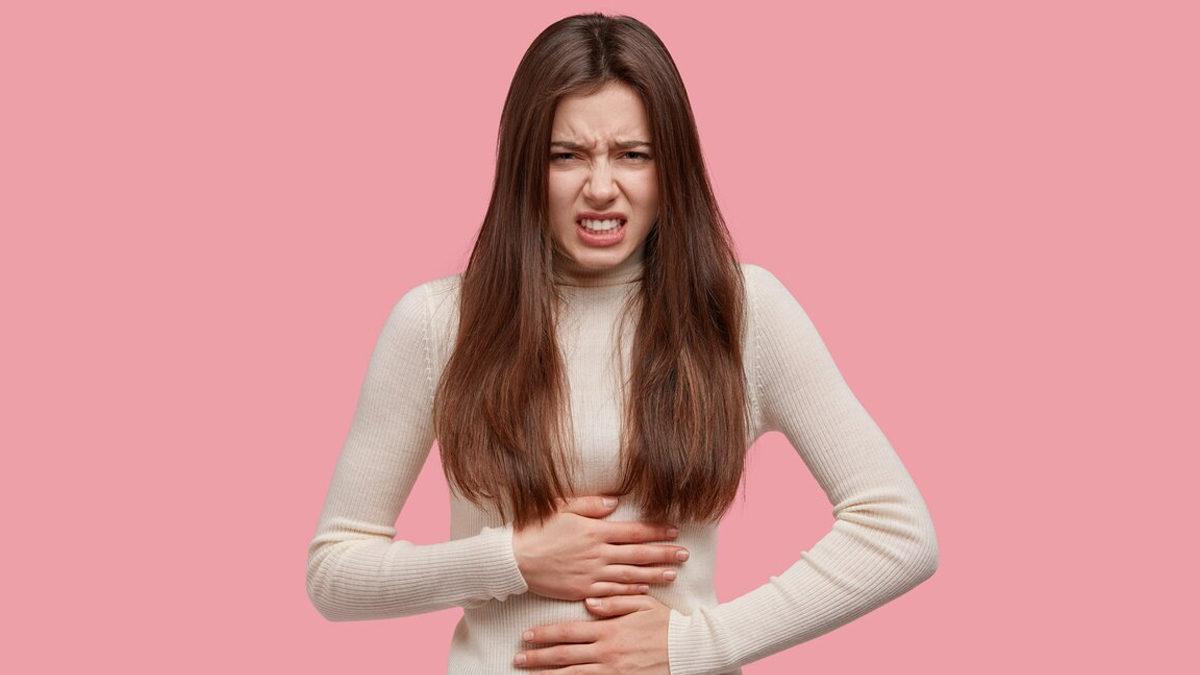
“Menstrual cramps, also known as primary dysmenorrhoea, are cramps that usually start a day or two before your actual period starts. They are often manageable with over-the-counter pain relief or a heating pad. The discomfort generally subsides within a few days and is considered a normal aspect of the menstrual cycle”, explained Dr Srivastava.
According to a 2023 study, you are more likely to experience severe cramps if:
You are dealing with increased stress levels
You have a heavy menstrual flow
You are under 30 or particularly under 20
You have a family history of menstrual cramps
Also Read: Why Does Your Lower Back Hurt During Periods? Doctor Shares Tips For Relief
What is Endometriosis?
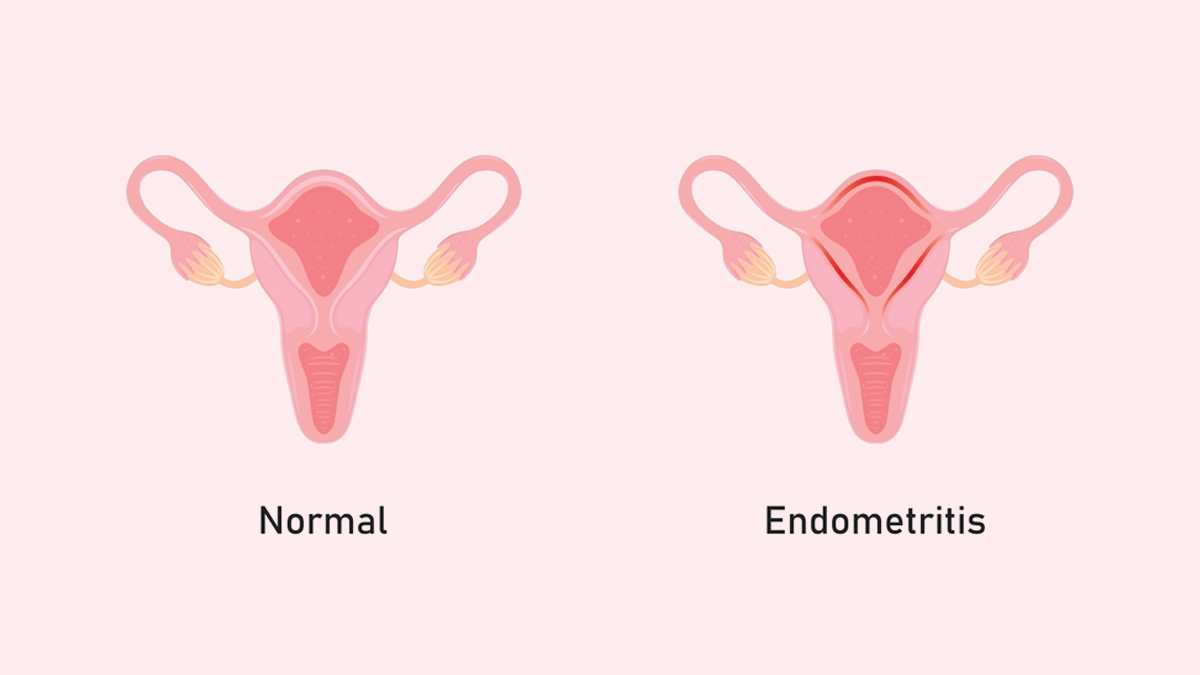
On the other hand, endometriosis is a medical condition where tissue similar to the lining of the uterus begins to grow outside the uterus. “This can occur on the ovaries, fallopian tubes, or other areas within the pelvic region. The pain associated with endometriosis can be more intense and persistent, lasting from several days to even weeks,” said Dr Srivastava.
Also, the pain isn't confined to the menstrual period as it can occur anytime. This includes discomfort during ovulation, bowel movements, or urination. The pain is often described as sharp or stabbing and can significantly affect mental well-being and overall quality of life.
“The pain from endometriosis is not confined to the menstrual period. Women may experience discomfort during ovulation, bowel movements, or urination. The pain is often described as sharp or stabbing and can significantly affect mental well-being and overall quality of life,” added Dr Srivastava.
Key Differences Between Menstrual Cramps and Endometriosis
According to Yale Medicine, a normal menstrual cycle is marked by the thickening and discharge of the endometrium. However, in cases of endometriosis, tissue outside the uterus is also shed into the abdominal cavity. This monthly shedding during menstruation leads to pain, inflammation, and the formation of scar tissue, which is why many women with this condition experience painful periods.
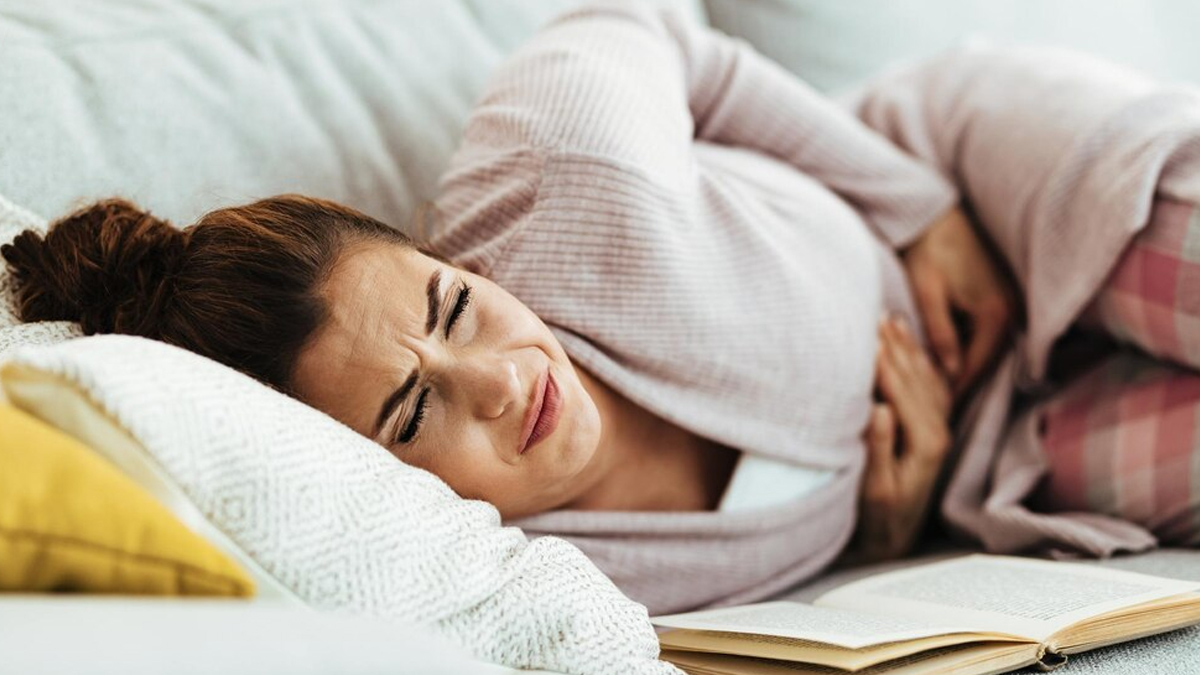
Intensity and Duration of Pain
Menstrual cramps are normally mild to moderate and temporary, occurring only during menstruation. The cramps are generally limited to abdominal pain.
Endometriosis-related pain can be severe, and persistent, and occur at any time during the menstrual cycle. It may cause additional symptoms, such as pelvic pain, lower back pain, heavy bleeding, bloating, fatigue, and pain during or after intercourse. Women may also experience digestive issues like diarrhoea, constipation, nausea, or rectal bleeding.
Response to Treatment
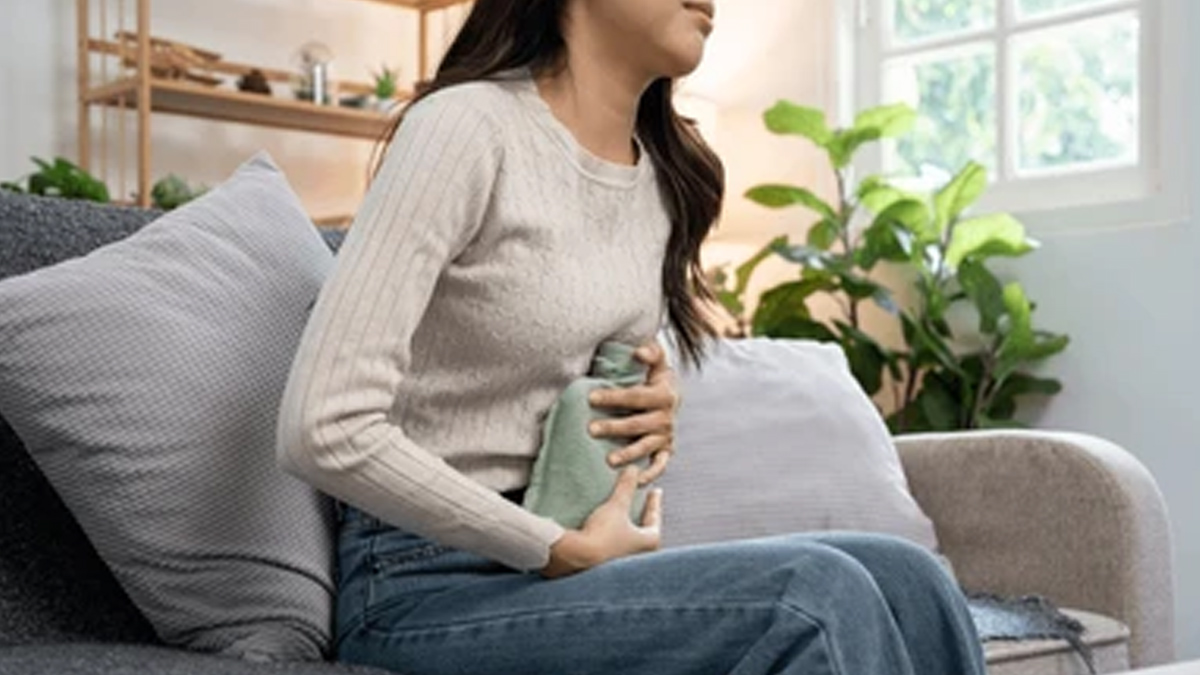
Menstrual cramps often respond well to pain relievers or home remedies like heating pads.
Endometriosis pain may persist despite taking medications or using heating pads, requiring more specialised medical intervention.
Also Read: Endometriosis And Adenomyosis: Expert Explains The Difference Between The Two
Warning Signs to Look For
Dysmenorrhoea, or menstrual pain, is a common symptom of endometriosis. It can occur in up to 90% of women, with severe symptoms experienced by as many as 30%. It is estimated that between 7-15% of women have endometriosis, as stated in the Johns Hopkins Medicine.
Women must monitor their symptoms to identify signs of endometriosis. Some warning signs include:
Worsened pelvic pain during periods.
Extreme lower back pain.
Painful intercourse or pain after intercourse.
Heavy menstrual bleeding or spotting between periods.
Persistent fatigue and bloating.
Painful bowel movements or urination during menstruation.
Unexplained abdominal pain and body aches.
[Disclaimer: This article contains information provided by an expert and is for informational purposes only. Hence, we advise you to consult your professional if you are dealing with any health issues to avoid complications.]
Also watch this video
How we keep this article up to date:
We work with experts and keep a close eye on the latest in health and wellness. Whenever there is a new research or helpful information, we update our articles with accurate and useful advice.
Current Version